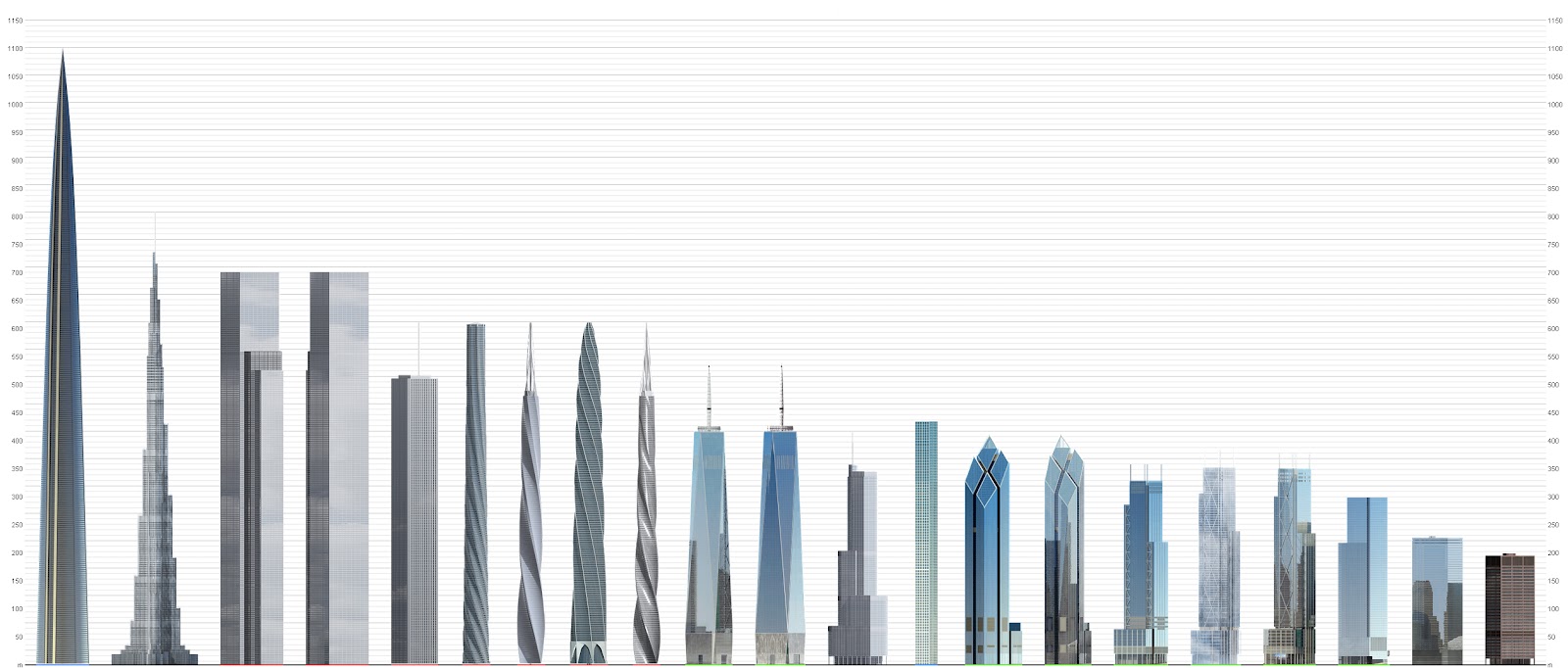

In 1996, as a response to the dispute as to whether the Petronas Towers or the Sears Tower was taller, the council listed and ranked buildings in four categories: The CTBUH only recognizes buildings that are complete however, and some buildings included within the lists in this article are not considered finished by the CTBUH. The organization currently ranks Burj Khalifa in Dubai as the tallest at 828 m (2,717 ft). It maintains a list of the 100 tallest completed buildings in the world. The international non-profit organization Council on Tall Buildings and Urban Habitat (CTBUH) was formed in 1969 and announces the title of 'The World's Tallest Building' and sets the standards by which buildings are measured. Since the beginning of the 21st century, China, the Middle East as well as Southeast Asia have seen a boom in skyscraper construction. Since then only two more buildings have held the title: Taipei 101 and Burj Khalifa. The early skyscraper was pioneered in Chicago, forming the basis for which the United States would hold the position of the world's tallest building for much of the 20th century until 1998, when the Petronas Twin Towers were completed. Until the completion of the Washington Monument in 1884, the world's tallest buildings were churches and cathedrals, Christian places of worship, in Europe. Historically, the world's tallest man-made structure was the Great Pyramids of Giza in Egypt, which held the position for over 3,800 years until the construction of the Lincoln Cathedral in England in 1311. Non-building structures, such as towers, are not included in this list (see list of tallest buildings and structures). This list of tallest buildings includes skyscrapers with continuously occupiable floors and a height of at least 350 m.


 0 kommentar(er)
0 kommentar(er)
